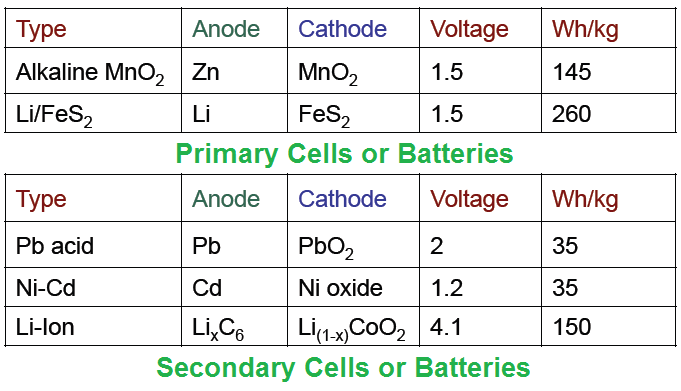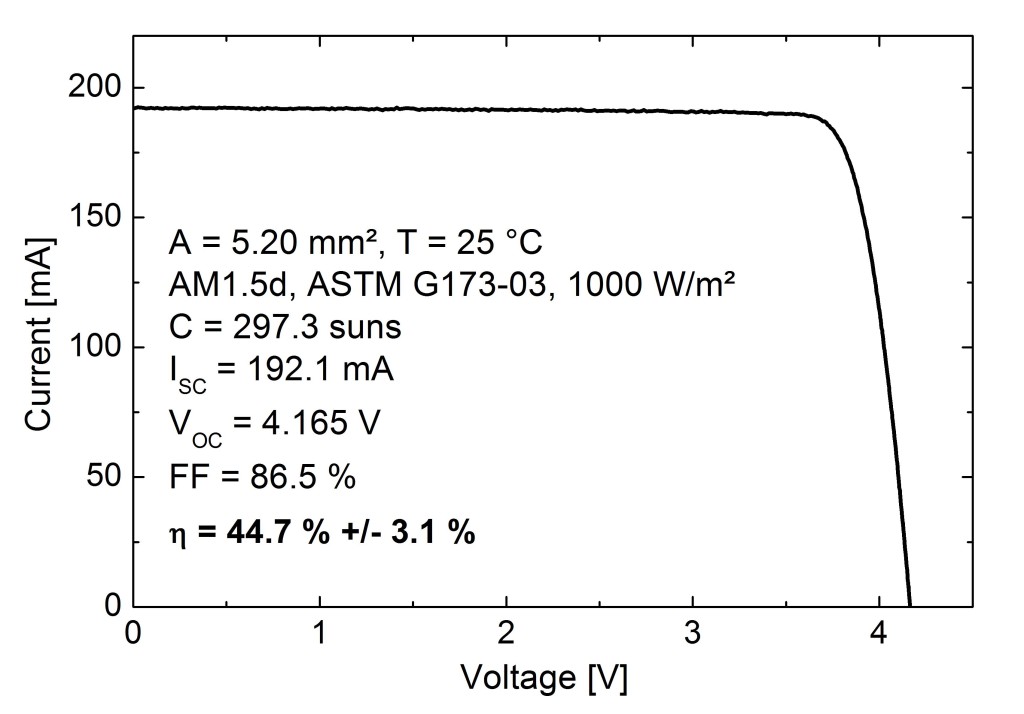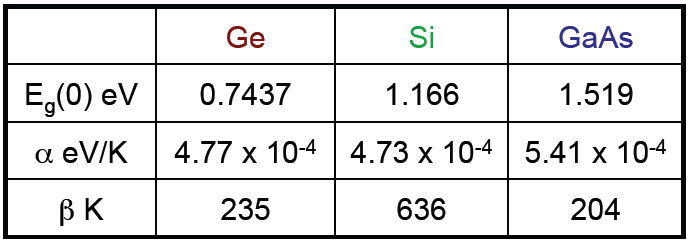Solar Irradiance  refers to Solar Energy falling on to the Earth on a unit area. Since this Solar Energy is limited to certain wavelengths (or frequencies) therefore it is usually given as a function of wavelength and the has the units of Watts/m2/wavelength. This is shown in the figure below for a unit area perpendicular to the solar rays and lying outside the Earth's atmosphere. This is referred to as AM0 since there is zero atmosphere, as opposed to AM1.5 which is on the Earth's surface.
refers to Solar Energy falling on to the Earth on a unit area. Since this Solar Energy is limited to certain wavelengths (or frequencies) therefore it is usually given as a function of wavelength and the has the units of Watts/m2/wavelength. This is shown in the figure below for a unit area perpendicular to the solar rays and lying outside the Earth's atmosphere. This is referred to as AM0 since there is zero atmosphere, as opposed to AM1.5 which is on the Earth's surface.
So roughly speaking we can say that most of the Solar Energy lies between the 0 to 4 micrometer (NREL gives the AM0 spectrum from 280 to 4000 nanometer). A device that can capture all of this energy would be very useful and this is the aim of all modern Solar Cell manufacturers. The total Solar Power available on a surface of unit area can be easily calculated by integrating the above given Solar Irradiance curve from 0 to infinity and this gives us a magic number of 1367W/m2 (the value of the dotted curve at 4000 nanometer).
But all of this power does not reach the Earth's surface. Some of it is absorbed on the way. The total Solar Power available on the Earth's surface is equal to 1000W/m2 i.e. a reduction of 27% from that outside the Earth's atmosphere. The magic number of 1367W/m2 might be important for satellites using Solar Panels for their energy requirements and orbiting the Earth outside its atmosphere.
The Solar Spectra can also be calculated by using the theory of Black Body Radiation. According to this the Solar Spectra can be well estimated by a Black Body radiating at a temperature of 5960K (blue curve).
Note:
1. The Irradiance of 1000W/m2 is under ideal conditions (bright sunny day, at zero altitude and solar rays perpendicular to the capturing surface) but even this is not available to a Solar Home since the Solar Panels only have 15%-20% efficiency. So a 1m2 Solar Panel might only give you 150W-200W under ideal conditions. But do not get depressed yet as new research findings promise Solar Cells with efficiencies as high as 45%.





![V_{oc} = \genfrac{}{}{1}{0}{k_{B} T}{e} ln \biggl[1+\genfrac{}{}{1}{0}{J_{L}}{J_{s}}\biggr]](http://24solarhome.com/wp-content/plugins/latex/cache/tex_3ea87d6fa688d693a2bc180dce8479a1.gif)
